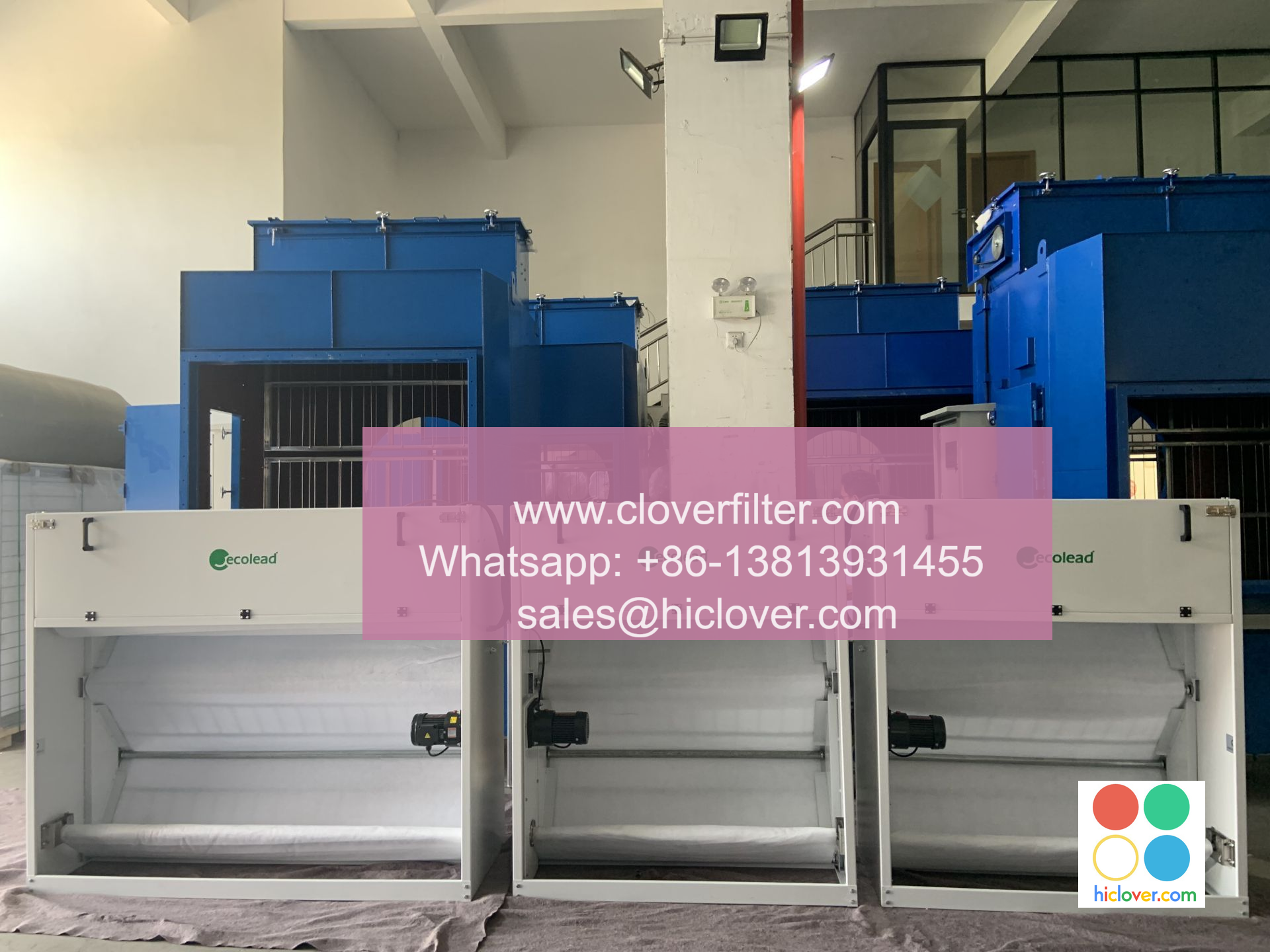The Difference Between Activated Carbon and Cellulose Filters

The Battle for Clean Air: Activated Carbon vs. Cellulose Filters
Introduction
When it comes to purifying the air, two filtration technologies have emerged as top contenders: activated carbon and cellulose filters. Both have their unique strengths and weaknesses, making them suitable for specific applications. In this article, we’ll delve into the differences between these two types of filters, exploring their composition, advantages, and disadvantages to help you choose the best option for your needs.
Composition
Before we dive into the comparison, let’s quickly look at the composition of each filter:
- Activated Carbon Filters: Made from coconut shells, bamboo, or other organic materials, activated carbon filters work by trapping impurities on the surface area of the carbon granules. Activated carbon’s unique structure, with billions of tiny pores, allows it to capture gases, odors, and particles as small as 0.3 microns.
- Cellulose Filters: Derived from plant fibers such as cotton, bamboo, or even wood pulp, cellulose filters are made up of a tightly woven mat of cotton fibers. These filters rely on the fibers’ electrostatic charge to attract and trap particles, gases, and impurities.
- High Sulfur Capture: Activated carbon is particularly effective at removing sulfur compounds, which can cause unpleasant odors and tastes in water and air.
- Oxidation Resistance: Activated carbon can withstand elevated temperatures and gas flows without degrading, making it suitable for industrial applications.
- Customizable: Activated carbon can be tailored to address specific contaminants or odor issues.
- High Maintenance: Activated carbon filters require regular replacement, as they can become saturated with contaminants and lose their effectiveness over time.
- Cost-Intensive: Activated carbon can be more expensive than cellulose filters, especially for large-scale applications.
- Cost-Effective: Cellulose filters are generally less expensive than activated carbon, making them a more budget-friendly option.
- Easy to Clean: Cellulose filters can be easily washed and reused, reducing waste and environmental impact.
- High Dust Holding Capacity: Cellulose filters are effective at capturing larger particles, including dust and pollen.
- Low Gas Capture: Cellulose filters struggle with capturing gases and volatile organic compounds (VOCs).
- Sensitive to Temperature and Humidity: Cellulose filters can become saturated or lose effectiveness in high-temperature or high-humidity environments.
- Industrial Applications: Activated carbon is ideal for large-scale, high-purity applications, such as industrial process air purification, chemical processing, and gas processing.
- Odor Control: Activated carbon is commonly used in odor control systems, such as refrigerator deodorizers, air purifiers, and even perfume bottles.
- Water Treatment: Activated carbon is used in water treatment plants to remove impurities, improve taste, and eliminate odors.
- Residential Applications: Cellulose filters are perfect for residential use, such as air purifiers, vacuum cleaners, and cleaning products, where low-cost and ease of maintenance are essential.
- Textile and Paper Production: Cellulose filters are used in the production of paper, textiles, and other cellulose-based products, where the fibers’ strength and durability are crucial.
- Agricultural Applications: Cellulose filters are sometimes used in agricultural settings to remove contaminants, such as pesticides, from water and air.
Advantages and Disadvantages
Now that we’ve briefly discussed the composition of each filter, let’s examine the pros and cons of each:
Activated Carbon Filters:
Pros:
Cons:
Cellulose Filters:
Pros:
Cons:
Application Areas
Based on their unique properties, both activated carbon and cellulose filters excel in different areas:
Activated Carbon Filters:
Cellulose Filters:
In Conclusion
In the battle for clean air, both activated carbon and cellulose filters have their strengths and weaknesses. By understanding the unique characteristics of each filter, you can choose the best option for your specific application, whether it’s industrial, residential, or agricultural. Remember, the right filter can make all the difference in maintaining clean air and promoting a healthy environment.
It looks like you typed out a blank prompt! Would you like to give me a specific topic or question to help me generate a response? I’m here to assist you with anything from answering a question, providing information, or even creating a fun conversation! Just let me know what’s on your mind!

